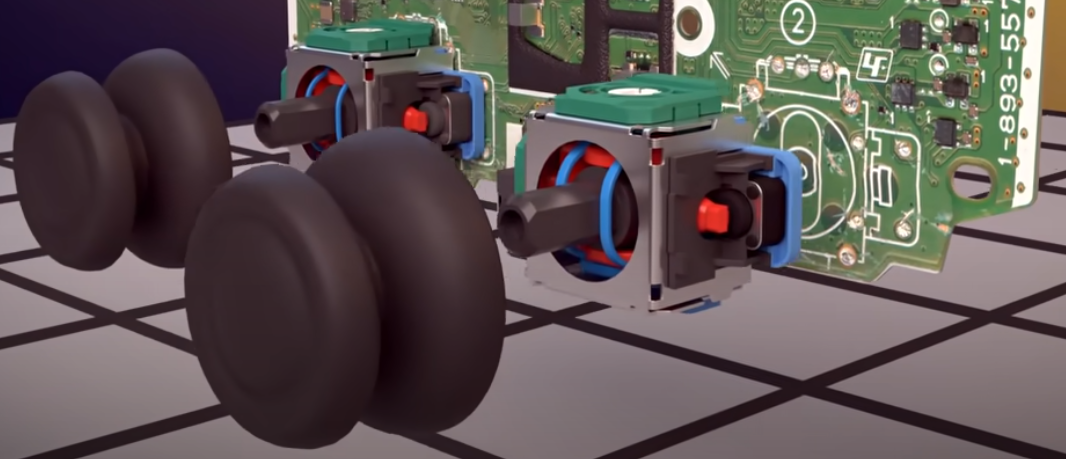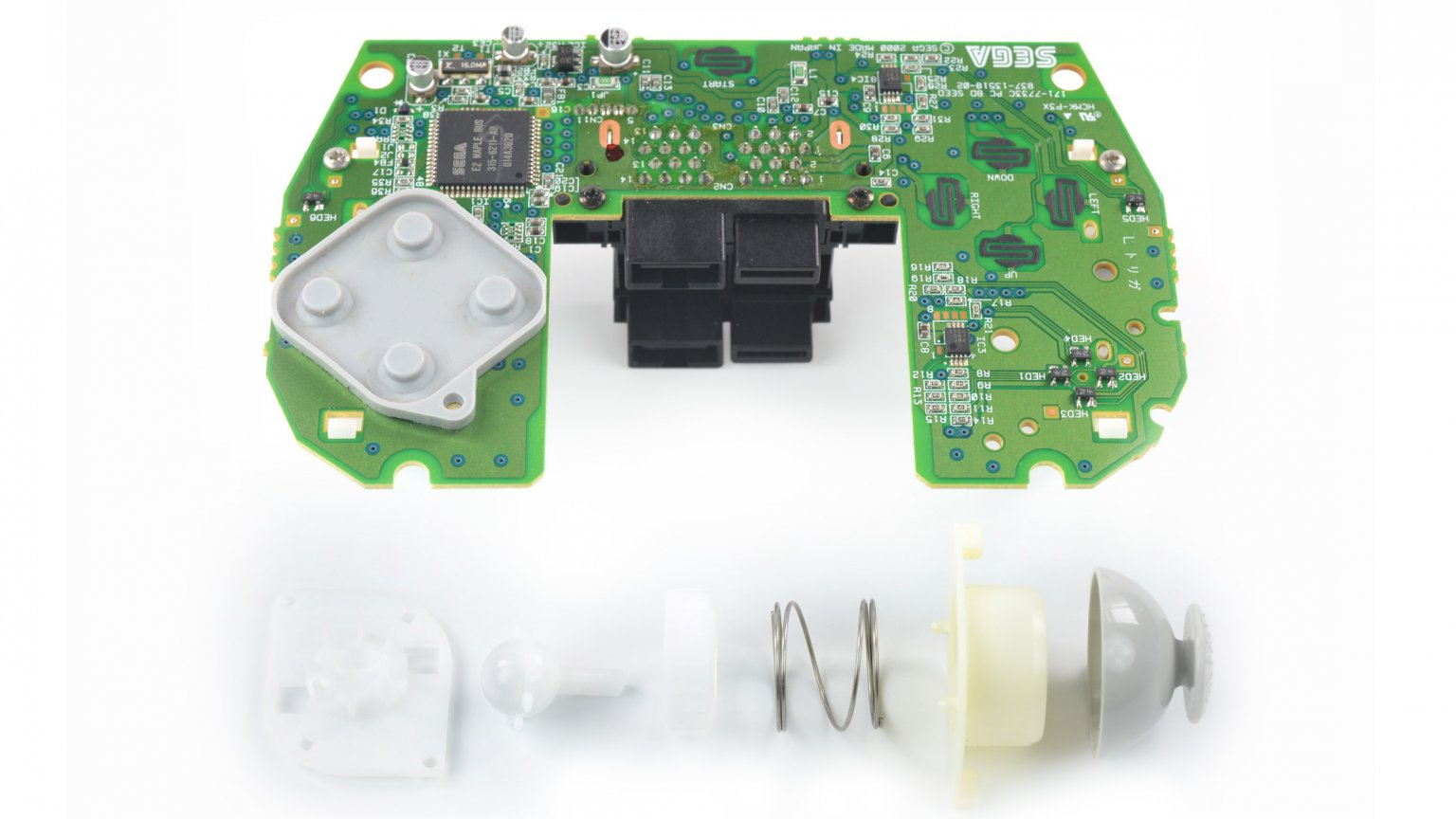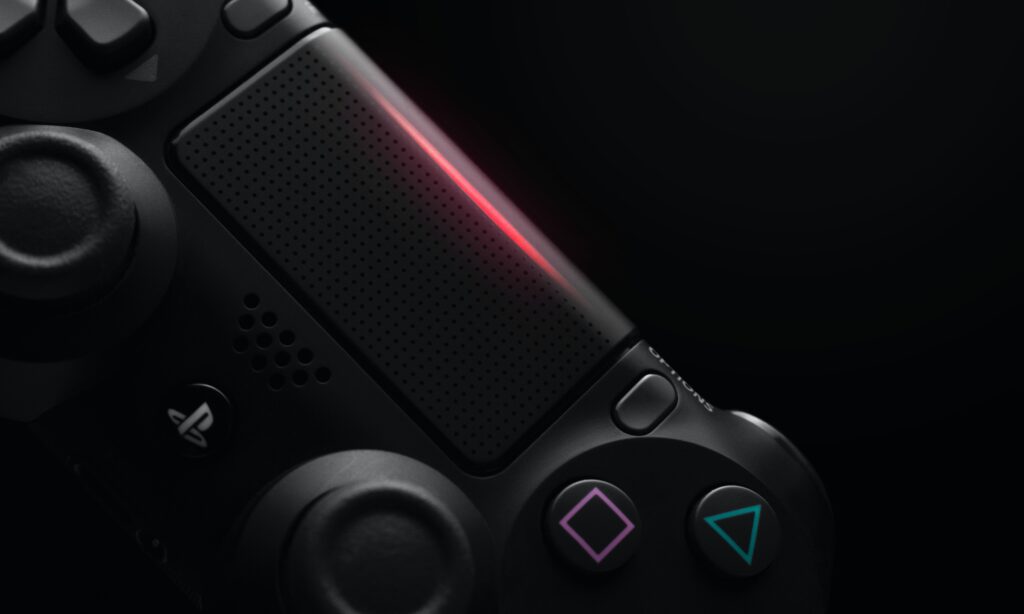Ever wondered what hall effect analog sticks (also called hall effect joysticks) are? Today, I’ll be breaking down what hall effect analog sticks are, what they have to offer over traditional potentiometer-based analog sticks, and more, so let’s get into it! If you’re a competitively-oriented gamer, this may be of particular interest to you.
Table of Contents
How Analog Sticks Work

First, let’s talk about analog sticks. Specifically, standard analog sticks like those seen in modern PlayStation, Xbox, and even Nintendo controllers.
These days, they’re all using nearly the same basic underlying construction, even if the thumbstick on top is different. This underlying construction relies on potentiometers, which are known for relying on direct contact in order to function. This results in long-term, inevitable degradation to the analog stick in question, resulting in the inevitable development of stick drift on all controllers shipped with modern consoles…and most pro controllers, for that matter!
So, what do we do about this fundamental design flaw? We change the fundamental design.
What Are Hall Effect Analog Sticks?
Hall effect analog joysticks, or hall effect analog sticks in this article’s specific context, are named for the “Hall effect”. The specifics of the Hall effect are a little too dense in engineering to fit in this article, but for joysticks and analog sticks it means that all calculations can be made magnetically, rather than from full contact causing wear and tear over time. By preventing this wear and tear and using a more accurate sensor, hall effect sticks are meant to provide the ultimate experience in accuracy and durability.
Can Hall Effect Sticks Drift?
Hall effect joysticks and hall effect analog sticks alike are immune to the standard stick drift caused by wear-and-tear, since their engineering more or less prevents that entirely. For this reason, old Sega Dreamcast and Sega Saturn controllers (which use hall effect sticks) are still known to work well if kept in good condition.

However, stick drift is still possible on many (older) hall effect controllers via poor centering performance. While hall effect sticks don’t require physical contact, this can also cause drifting when the stick is in neutral (thus, poor centering performance) if the mechanisms keeping the stick in place aren’t tight enough. Until recently, many popular hall-effect stick controllers were using a hall effect joystick module with poor centering performance.
Specifically, the Gulikit JH13 Hall Effect Module is known to have the issue despite being one of the most commonly-used modules in many hall effect controllers made prior to April 2023. Be wary that your hall effect controller doesn’t use this module!
Aside from this problematic module, though, most modern hall effect controllers, especially those made in mid-2023 and onward should be free of this issue. I’ll update this article accordingly if this changes!
Can You Add Hall Effect Sticks To An Existing Controller?
So, good news and bad news.
The bad news is that even in the best-case scenario, replacing your analog sticks on a controller is going to be a pain. The good news is some devices are better-built for it than others, and even provide fully-replaceable analog stick modules once you’ve opened up the device (like the Steam Deck).
Fortunately, the additional good news is that adding hall effect sensors to existing analog sticks is something that modders and pro controller manufacturers are already doing. Finding the replacement sticks to do the job yourself might be a bit of a scavenger hunt, but with the right tools there’s no reason you can’t do it with enough determination.
Me, though, I’ll be waiting for the release of more high-end hall effect controllers. Right now, my eye is on the Nacon Revolution 5 Pro, which is a pro controller for PS5/PS4/PC with hall-effect sticks, 4 back paddles, adjustable triggers, and all the other pro controller niceties.

